Papakolea Beach (also known as Green Sand Beach, Mahana Beach and, erroneously, Puu Mahana) is a green sand beach located at South Point, in the Kau district of the island of Hawaii. One of only two green sand beaches in the World, the other being in Guam, the beach gets distinctive coloring from olivine crystals found in a nearby cinder cone.
Papakolea Beach is located in a bay circled by Puu Mahana, a cinder cone formed over 49,000 years ago and associated with the southwest rift of Mauna Loa. Since its last eruption, the cinder cone has partially collapsed and been partially eroded by the ocean.

The cinder cone is rich in olivine, a silicate mineral containing iron and magnesium, also known as peridot when of gem quality. Olivine is a common mineral component of Hawaiian lavas and one of the first crystals to form as magma cools. Olivine is locally known as "Hawaiian Diamond" and is notably found in Oahu's famous Diamond Head landmark. The source of the green coloration of the beach sands is due to the olivine crystals which are winnowed from the eroding headland by the action of the sea. Olivine, being denser and tougher than the ash fragments, glass and black pyroxene of the rest of the rocks and lava flows, tends to accumulate on the beach whereas the usual volcanic sand is swept out to sea. Although these crystals are eventually washed away as well, the constant erosion of the cinder cone ensures a steady supply of sand for the foreseeable future—eventually, however, the supply will run out and the beach will l
peridot when of gem quality. Olivine is a common mineral component of Hawaiian lavas and one of the first crystals to form as magma cools. Olivine is locally known as "Hawaiian Diamond" and is notably found in Oahu's famous Diamond Head landmark. The source of the green coloration of the beach sands is due to the olivine crystals which are winnowed from the eroding headland by the action of the sea. Olivine, being denser and tougher than the ash fragments, glass and black pyroxene of the rest of the rocks and lava flows, tends to accumulate on the beach whereas the usual volcanic sand is swept out to sea. Although these crystals are eventually washed away as well, the constant erosion of the cinder cone ensures a steady supply of sand for the foreseeable future—eventually, however, the supply will run out and the beach will l ook like any other. The formation of the cinder cone is currently a point of contention, with some arguing that lava flowing into the sea was suddenly cooled, forming an edifice on the coastline and others noting that the cone was most likely too far away from the ocean at the time of formation to make such an event possible. Regardless of how it was formed according to the United States Geological Survey, the last lava flow in the area ended over 10,000 years ago, making the area one of the more stable features in the geologically turbulent Kau region. As such, the geologic history of the site can be seen in the rock surrounding the beach and bay, which are not subject to erosion and thus display geologic layers formed by previous eruptions, lava flows, and other volcanic events. In addition, the current patterns of erosion can be seen first-hand, as only the portions at the bottom of the cinder cone collapse have been subject to the waves and turned into green sand; the remaining portions appear gray.
ook like any other. The formation of the cinder cone is currently a point of contention, with some arguing that lava flowing into the sea was suddenly cooled, forming an edifice on the coastline and others noting that the cone was most likely too far away from the ocean at the time of formation to make such an event possible. Regardless of how it was formed according to the United States Geological Survey, the last lava flow in the area ended over 10,000 years ago, making the area one of the more stable features in the geologically turbulent Kau region. As such, the geologic history of the site can be seen in the rock surrounding the beach and bay, which are not subject to erosion and thus display geologic layers formed by previous eruptions, lava flows, and other volcanic events. In addition, the current patterns of erosion can be seen first-hand, as only the portions at the bottom of the cinder cone collapse have been subject to the waves and turned into green sand; the remaining portions appear gray.
SPANISH: Despues de un largo camino por una mala carretera de tierra conseguimos llegar hasta un sitio donde no se podia continuar con el coche y desde donde se veía una playa a unos 300 metros asi que bajamos andando hasta ella, pero no parecia ni lo más remoton la playa de arena verde de la que nos había hablado, asi que preguntamos y efectivamente, la playa quedaba a unas 2 millas o unos 3,5 km. Habíamos quedado con los amigos hawaiianos que habiamos conocido unos dias anteriores asi que si nos poniamos a andar llegariamos tardisimo, pero no íbamos a perder la única oportunidad que teniamos de ver la única playa de arena verde del mundo, pero es que además nos habían dicho que se podían ver focas, cosa que más tarde nos daríamos cuenta que no era cierto. Asi que nos pusimos a caminar y al po
hasta un sitio donde no se podia continuar con el coche y desde donde se veía una playa a unos 300 metros asi que bajamos andando hasta ella, pero no parecia ni lo más remoton la playa de arena verde de la que nos había hablado, asi que preguntamos y efectivamente, la playa quedaba a unas 2 millas o unos 3,5 km. Habíamos quedado con los amigos hawaiianos que habiamos conocido unos dias anteriores asi que si nos poniamos a andar llegariamos tardisimo, pero no íbamos a perder la única oportunidad que teniamos de ver la única playa de arena verde del mundo, pero es que además nos habían dicho que se podían ver focas, cosa que más tarde nos daríamos cuenta que no era cierto. Asi que nos pusimos a caminar y al po co tiempo hicimos autostop y de nuevo el primer coche que paso no cogio, es que el camino que lleva a la playa verde solo se puede ir andando o con un autentido y gigante 4X4 como en el que nos montamos y desde que Naika se esta bajando en la primera foto. Y asi fue como llegamos a la increible playa de arena verde. Y por increible que parezca alli en aquel sitio remoto nos encontramos con una pareja con la que coincidimos también un par de vez anteriormente por la isla, asi que nos regresaron en su 4X4 de vuelta a donde teniamos el coche y alli tomamos unas cervezas con ellos, asi que haciendo más amigos, los invitamos al meeting que teniamos con los amigos hawaiinos.
co tiempo hicimos autostop y de nuevo el primer coche que paso no cogio, es que el camino que lleva a la playa verde solo se puede ir andando o con un autentido y gigante 4X4 como en el que nos montamos y desde que Naika se esta bajando en la primera foto. Y asi fue como llegamos a la increible playa de arena verde. Y por increible que parezca alli en aquel sitio remoto nos encontramos con una pareja con la que coincidimos también un par de vez anteriormente por la isla, asi que nos regresaron en su 4X4 de vuelta a donde teniamos el coche y alli tomamos unas cervezas con ellos, asi que haciendo más amigos, los invitamos al meeting que teniamos con los amigos hawaiinos. 
Papakolea Beach is located in a bay circled by Puu Mahana, a cinder cone formed over 49,000 years ago and associated with the southwest rift of Mauna Loa. Since its last eruption, the cinder cone has partially collapsed and been partially eroded by the ocean.

The cinder cone is rich in olivine, a silicate mineral containing iron and magnesium, also known as
 peridot when of gem quality. Olivine is a common mineral component of Hawaiian lavas and one of the first crystals to form as magma cools. Olivine is locally known as "Hawaiian Diamond" and is notably found in Oahu's famous Diamond Head landmark. The source of the green coloration of the beach sands is due to the olivine crystals which are winnowed from the eroding headland by the action of the sea. Olivine, being denser and tougher than the ash fragments, glass and black pyroxene of the rest of the rocks and lava flows, tends to accumulate on the beach whereas the usual volcanic sand is swept out to sea. Although these crystals are eventually washed away as well, the constant erosion of the cinder cone ensures a steady supply of sand for the foreseeable future—eventually, however, the supply will run out and the beach will l
peridot when of gem quality. Olivine is a common mineral component of Hawaiian lavas and one of the first crystals to form as magma cools. Olivine is locally known as "Hawaiian Diamond" and is notably found in Oahu's famous Diamond Head landmark. The source of the green coloration of the beach sands is due to the olivine crystals which are winnowed from the eroding headland by the action of the sea. Olivine, being denser and tougher than the ash fragments, glass and black pyroxene of the rest of the rocks and lava flows, tends to accumulate on the beach whereas the usual volcanic sand is swept out to sea. Although these crystals are eventually washed away as well, the constant erosion of the cinder cone ensures a steady supply of sand for the foreseeable future—eventually, however, the supply will run out and the beach will l ook like any other. The formation of the cinder cone is currently a point of contention, with some arguing that lava flowing into the sea was suddenly cooled, forming an edifice on the coastline and others noting that the cone was most likely too far away from the ocean at the time of formation to make such an event possible. Regardless of how it was formed according to the United States Geological Survey, the last lava flow in the area ended over 10,000 years ago, making the area one of the more stable features in the geologically turbulent Kau region. As such, the geologic history of the site can be seen in the rock surrounding the beach and bay, which are not subject to erosion and thus display geologic layers formed by previous eruptions, lava flows, and other volcanic events. In addition, the current patterns of erosion can be seen first-hand, as only the portions at the bottom of the cinder cone collapse have been subject to the waves and turned into green sand; the remaining portions appear gray.
ook like any other. The formation of the cinder cone is currently a point of contention, with some arguing that lava flowing into the sea was suddenly cooled, forming an edifice on the coastline and others noting that the cone was most likely too far away from the ocean at the time of formation to make such an event possible. Regardless of how it was formed according to the United States Geological Survey, the last lava flow in the area ended over 10,000 years ago, making the area one of the more stable features in the geologically turbulent Kau region. As such, the geologic history of the site can be seen in the rock surrounding the beach and bay, which are not subject to erosion and thus display geologic layers formed by previous eruptions, lava flows, and other volcanic events. In addition, the current patterns of erosion can be seen first-hand, as only the portions at the bottom of the cinder cone collapse have been subject to the waves and turned into green sand; the remaining portions appear gray.SPANISH: Despues de un largo camino por una mala carretera de tierra conseguimos llegar
 hasta un sitio donde no se podia continuar con el coche y desde donde se veía una playa a unos 300 metros asi que bajamos andando hasta ella, pero no parecia ni lo más remoton la playa de arena verde de la que nos había hablado, asi que preguntamos y efectivamente, la playa quedaba a unas 2 millas o unos 3,5 km. Habíamos quedado con los amigos hawaiianos que habiamos conocido unos dias anteriores asi que si nos poniamos a andar llegariamos tardisimo, pero no íbamos a perder la única oportunidad que teniamos de ver la única playa de arena verde del mundo, pero es que además nos habían dicho que se podían ver focas, cosa que más tarde nos daríamos cuenta que no era cierto. Asi que nos pusimos a caminar y al po
hasta un sitio donde no se podia continuar con el coche y desde donde se veía una playa a unos 300 metros asi que bajamos andando hasta ella, pero no parecia ni lo más remoton la playa de arena verde de la que nos había hablado, asi que preguntamos y efectivamente, la playa quedaba a unas 2 millas o unos 3,5 km. Habíamos quedado con los amigos hawaiianos que habiamos conocido unos dias anteriores asi que si nos poniamos a andar llegariamos tardisimo, pero no íbamos a perder la única oportunidad que teniamos de ver la única playa de arena verde del mundo, pero es que además nos habían dicho que se podían ver focas, cosa que más tarde nos daríamos cuenta que no era cierto. Asi que nos pusimos a caminar y al po co tiempo hicimos autostop y de nuevo el primer coche que paso no cogio, es que el camino que lleva a la playa verde solo se puede ir andando o con un autentido y gigante 4X4 como en el que nos montamos y desde que Naika se esta bajando en la primera foto. Y asi fue como llegamos a la increible playa de arena verde. Y por increible que parezca alli en aquel sitio remoto nos encontramos con una pareja con la que coincidimos también un par de vez anteriormente por la isla, asi que nos regresaron en su 4X4 de vuelta a donde teniamos el coche y alli tomamos unas cervezas con ellos, asi que haciendo más amigos, los invitamos al meeting que teniamos con los amigos hawaiinos.
co tiempo hicimos autostop y de nuevo el primer coche que paso no cogio, es que el camino que lleva a la playa verde solo se puede ir andando o con un autentido y gigante 4X4 como en el que nos montamos y desde que Naika se esta bajando en la primera foto. Y asi fue como llegamos a la increible playa de arena verde. Y por increible que parezca alli en aquel sitio remoto nos encontramos con una pareja con la que coincidimos también un par de vez anteriormente por la isla, asi que nos regresaron en su 4X4 de vuelta a donde teniamos el coche y alli tomamos unas cervezas con ellos, asi que haciendo más amigos, los invitamos al meeting que teniamos con los amigos hawaiinos. 
March 2008






































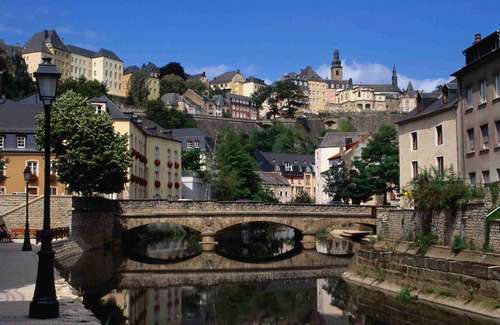



















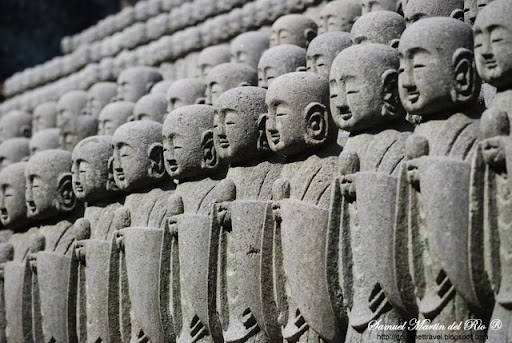











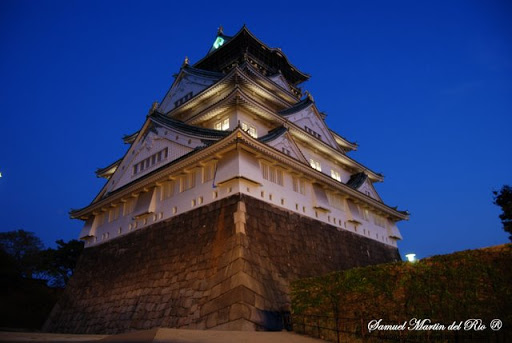
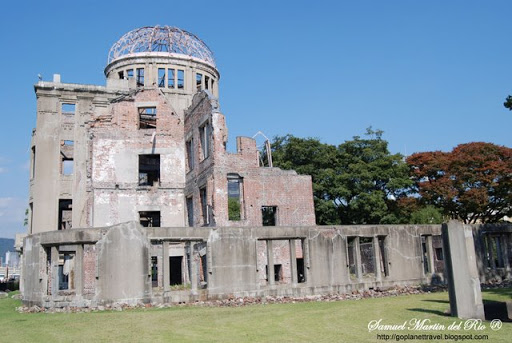







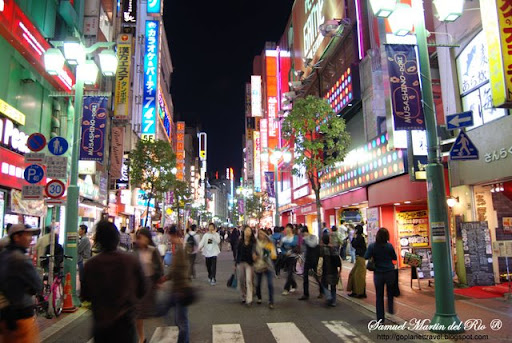



















No comments:
Post a Comment